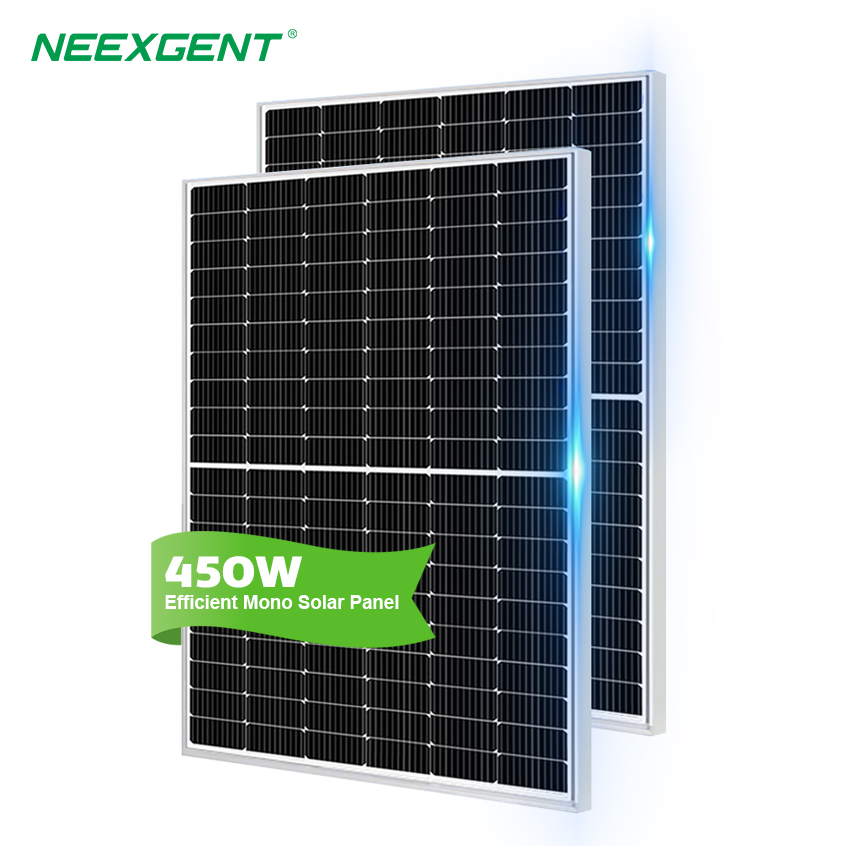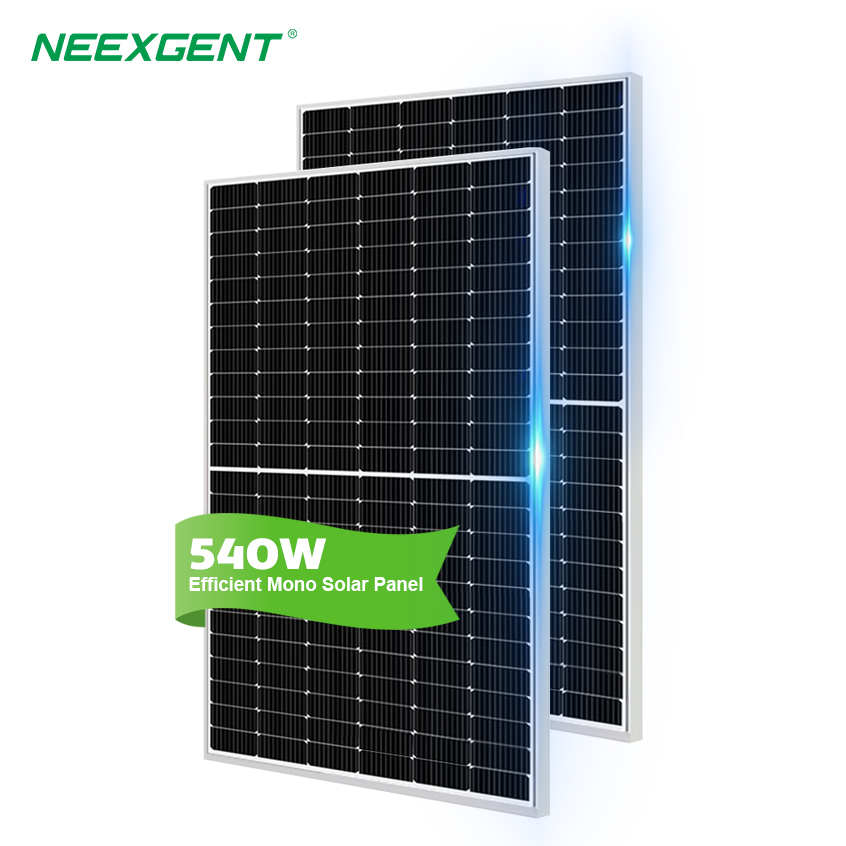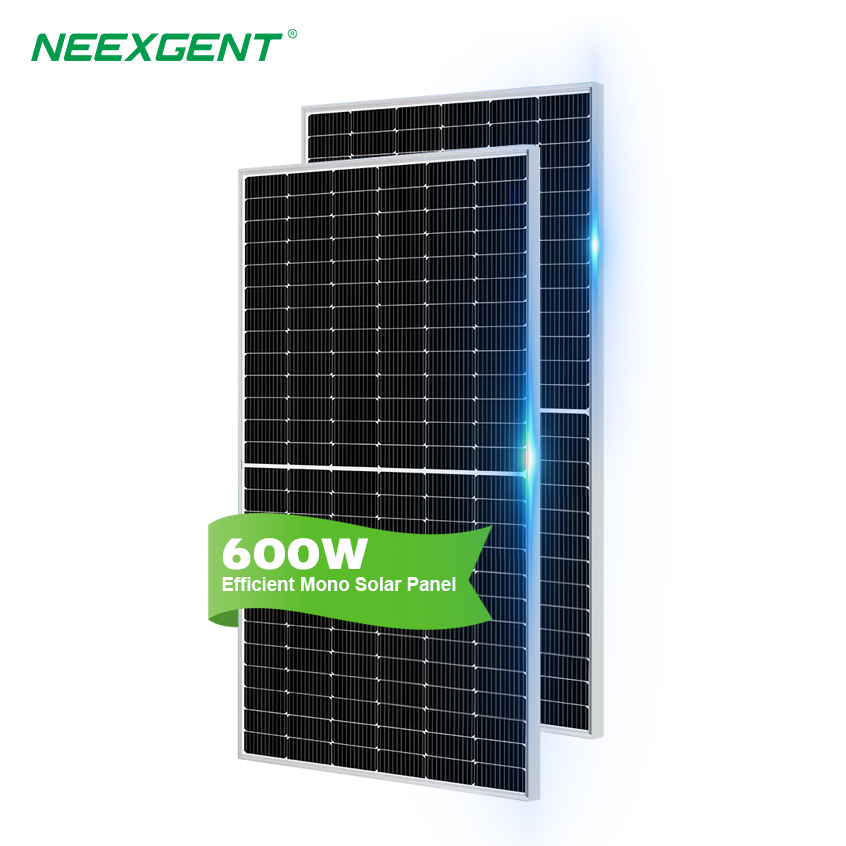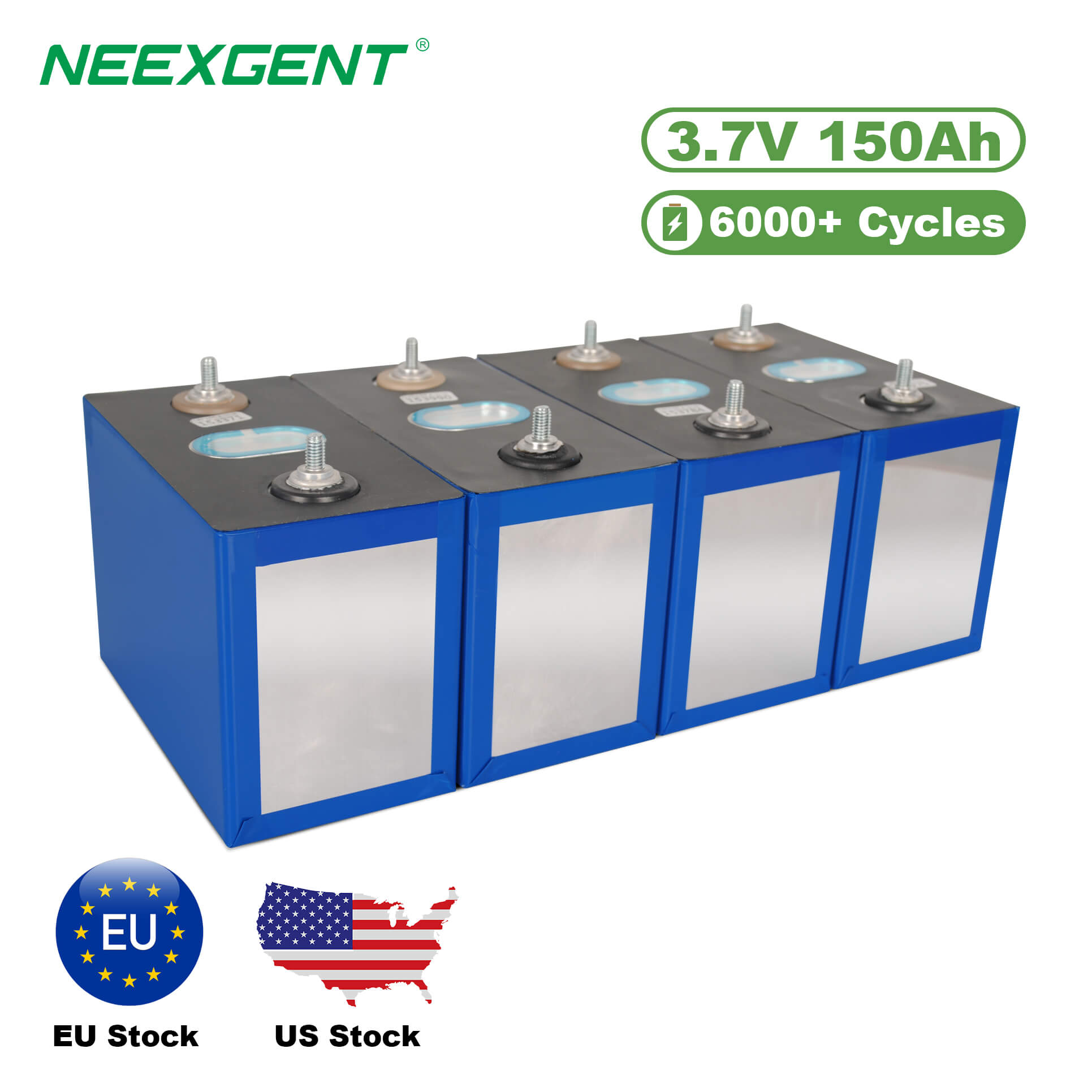Contents:
As solar energy becomes a vital part of residential and commercial power systems, one winter-related question often arises in snowy regions: Is solar panel snow removal necessary? This might seem like a simple concern, but snow accumulation on panels can affect energy production, system longevity, and your return on investment. Whether you're a homeowner with a rooftop system or a business managing a solar farm, understanding when and how to remove snow is essential for maximizing your solar energy output.
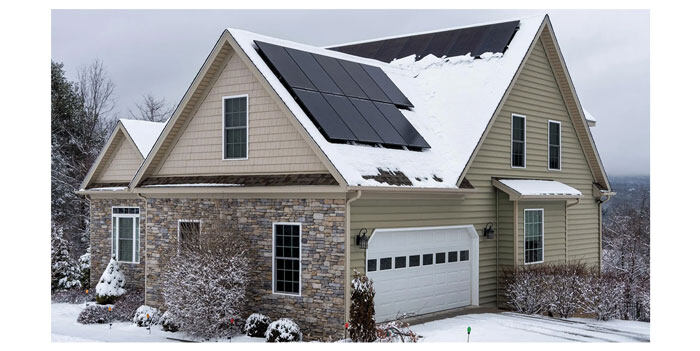
Does Snow Really Affect Solar Panel Performance?
Yes, snow can significantly reduce solar panel efficiency—sometimes cutting output to zero if panels are completely covered. Solar panels rely on sunlight to generate electricity, and even a light snow layer can block much of the incoming light. While panels are designed to withstand snow and shed it naturally, certain weather conditions, such as heavy wet snow or long periods of subfreezing temperatures, can prevent quick melting.
For example, if your panels are located on a flat roof or installed at a shallow tilt, snow may linger for days or weeks without sliding off. This extended coverage can hinder energy generation during a time when daylight hours are already reduced.
When Is It Worth Removing Snow From Solar Panels?
Not every snowfall warrants immediate action. Here are some cases where snow removal makes sense:
-
Extended overcast or cold periods: If the snow is unlikely to melt for several days, manual removal may help recover energy production.
-
Critical systems: Off-grid homes or essential facilities relying heavily on solar may require consistent output.
-
Heavy wet snow accumulation: Thicker snow can take longer to melt and is more likely to block sunlight completely.
On the other hand, small or powdery snowfalls often melt or slide off on their own, especially with sun exposure or rising temperatures.
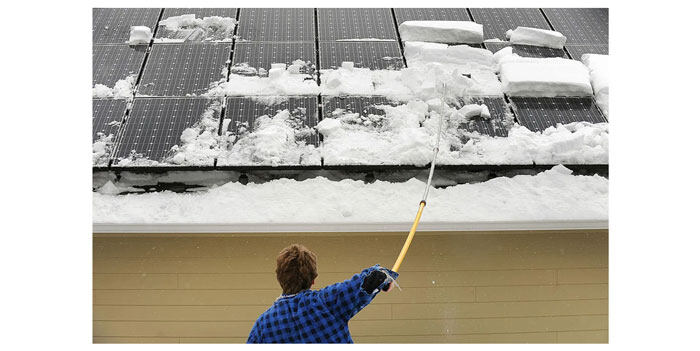
How to Safely Perform Solar Panel Snow Removal
If you determine that snow removal is necessary, it’s important to proceed with caution. Solar panels are delicate devices protected by tempered glass, but they can still be damaged by improper tools or techniques.
Here are the safest and most effective methods:
1. Use a Soft Snow Roof Rake
Use a snow rake specifically designed for solar panels or roofs. These typically have a soft rubber or foam head to prevent scratching. Look for extendable models that allow you to work from the ground to avoid climbing onto the roof.
Do not use metal shovels or hard tools. These can crack or scratch the panel surface and void your warranty.
2. Try a Roof Heating System
Some solar users in colder climates install heating cables or systems beneath their panels to help snow melt faster. While this requires additional investment, it automates snow management and reduces the need for manual labor.
3. Apply a Hydrophobic Coating
Applying a hydrophobic (water-repellent) coating to solar panels can help reduce snow buildup by encouraging slush and ice to slide off more easily.
4. Use a Leaf Blower for Light Snow
For dry, powdery snow, a strong leaf blower can be surprisingly effective, especially if used early before the snow compacts.
5. Wait for the Sun
In many cases, doing nothing may actually be the safest and most efficient choice. Panels will heat up slightly when exposed to the sun, even in winter, which can help melt snow. If the snow is light and temperatures rise above freezing, it may slide off naturally within a day or two.
Safety Tips
-
Never walk on your panels or roof if it's icy or snowy. Falls are a major risk and can be fatal.
-
Avoid using ladders unless absolutely necessary. Always have someone assist you and use stabilizing equipment.
-
Check your manufacturer’s warranty. Some warranties become void if physical damage is caused by snow removal.
What About Ground-Mounted Systems?
Ground-mounted solar arrays are easier and safer to clear. You can use the same tools and methods but with better accessibility. Since you don't need to climb, the risk is significantly reduced.
Should You Hire a Professional?
In some cases, hiring a professional snow removal service with experience in solar panel care is the best route. They have the right equipment and training to avoid damage and injury. This may be especially important for commercial or large residential systems.
Long-Term Solutions to Reduce Snow Impact
If you're planning a new installation in a snowy region, consider these long-term strategies:
-
Steeper tilt angles help snow slide off more easily.
-
South-facing orientation maximizes sun exposure.
-
Elevated racking systems allow snow to fall beneath and away from the panels.
Some modern panel designs even include anti-snow buildup technology, like slicker surfaces or improved frame designs.

